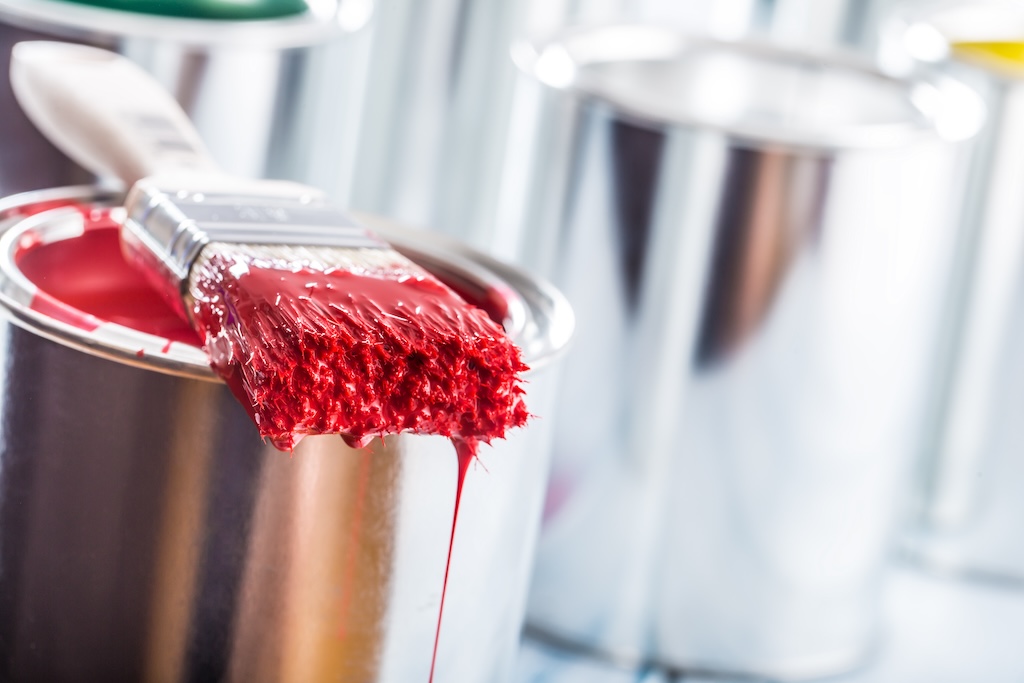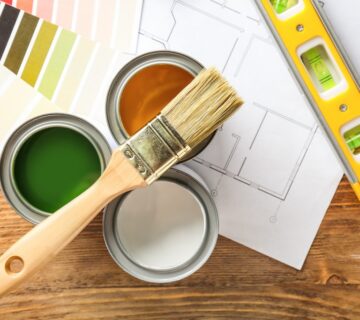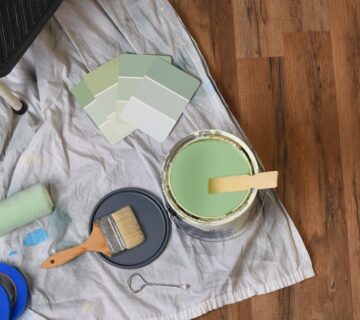Acrylic paints are favored by DIY enthusiasts for their versatility and ease of use. Their adaptable properties make them suitable for an array of projects, spanning from canvas art to home decor accents. This blog explores the unique traits of acrylic paints and how they can enhance DIY projects. Discovering the potential of acrylic paints unlocks a realm of creative opportunities for enthusiasts seeking vibrant colors and lasting results in their endeavors. Acrylic paints offer versatility and ease of use, making them suitable for a wide range of DIY projects, from canvas art to home decor accents.
Properties of Acrylic Paints
Quick Drying
Artists and DIY enthusiasts celebrate acrylic paints for their fast drying times, making them ideal for swift work or layering without extended waiting periods. This attribute facilitates rapid revisions and additions, streamlining the creative process. However, it necessitates planning, as it restricts the time for blending and manipulating the paint on the canvas or project surface. Balancing speed and precision is key when working with acrylics.
Durability
Once fully dried, acrylic paint creates a water-resistant and durable layer, making it ideal for frequently handled items or those exposed to the elements. This resilience makes acrylics perfect for outdoor projects and pieces subject to wear and tear. Additionally, the flexibility of dried acrylic paint minimizes the risk of cracking, ensuring the longevity of artwork or DIY creations.
Vivid Colors
The vivid color palette in acrylic paints results from their high concentration of pigments, formulated to stay bright and resist fading over time. These colors can bring life to any project, and the quality of the pigments ensures that the initial vibrancy remains after the paint has dried. Acrylic paints also allow for easy mixing to create custom hues, offering endless possibilities for color variation in DIY projects.
Advantages of Using Acrylic Paints in DIY Projects
Versatility
The versatility of acrylic paints is unparalleled; they adhere to numerous surfaces like canvas, wood, metal, and fabric, making them ideal for diverse DIY projects. This adaptability enables a broad range of creative expression across different materials and techniques. Acrylics serve as a bonding agent for mixed media projects, solidifying their position as a staple in any crafter’s arsenal. With acrylics, the possibilities for artistic exploration are endless, offering endless opportunities for experimentation and innovation.
Ease of Manipulation
Acrylic paints’ adaptability is a key strength, allowing for various techniques and effects. They can be diluted with water for transparent washes or mixed with mediums for thicker applications. This versatility enables artists to explore a wide range of textures and finishes, from smooth to impasto. With acrylics, artists have the freedom to experiment and push the boundaries of their creativity, achieving unique and captivating results in their artworks.
Environmental and Health Benefits
One of the most significant benefits of using acrylic paints is their environmental and health safety. Being water-based, they are low in volatile organic compounds (VOCs), which means they have less odor and are less toxic than their oil-based counterparts. This makes them a safer choice for indoor use, and better for the environment when it comes to disposal.
Considerations When Working with Acrylic Paints
Surface Preparation
To achieve optimal adhesion and longevity with acrylic paints, surface preparation is essential. This typically involves thorough cleaning, sanding, and applying a suitable primer, especially for porous materials. Proper preparation is key to preventing peeling and flaking, and it ensures the vibrancy and durability of the final piece. Investing time in surface preparation pays off in the quality and longevity of the acrylic artwork or project.
Blending Challenges
While the quick drying time of acrylics is useful, it can present challenges for techniques like blending and gradient creation. To overcome this, artists often use retarders or extenders—additives that slow acrylic paint drying times. These additives provide artists with the ability to manipulate acrylic paints, allowing for smoother blending transitions and intricate detail work. By slowing down the drying process, artists are not limited by the rapid drying time of acrylics, granting them greater control over their artistic expression.
Final Thoughts
Acrylic paints present a wealth of opportunities for DIY enthusiasts and artists alike. They offer a balance of practicality and creative flexibility, making them suitable for a broad spectrum of projects. With the right techniques and knowledge of their properties, anyone can use acrylic paints to achieve impressive, durable, and vivid results in their DIY endeavors. For more creative ideas and DIY project guidance, visit our website at sisupainting.com and our blog at sisupainting.com/blog.





No comment